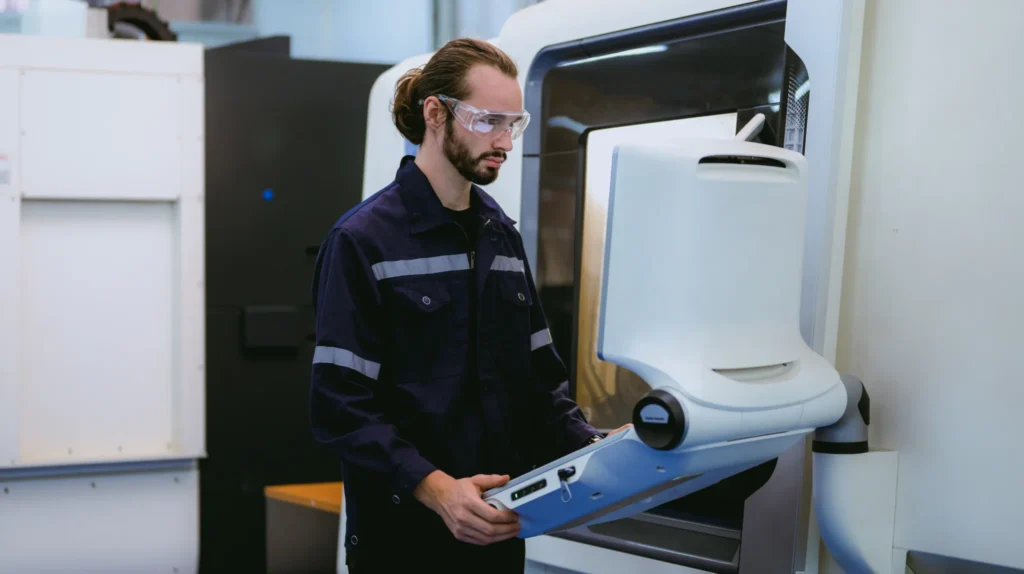Generative AI Development Services
Create personalized content, minimize manual effort, and unlock actionable insights from your data with Avenga’s GenAI services.

How We Help Extract Value from Generative AI
We help companies increase operational efficiency and deep personalization through advanced Generative AI capabilities.
Quality Content Creation
Avenga’s experts will help you harness advanced open- and closed-source Generative AI models to develop applications that autonomously generate novel designs, content, and ideas. This enables the discovery of innovative solutions that may not be immediately obvious through traditional methods.
GenAI Insights
Our experts aid companies in leveraging Generative AI to automate the analysis and interpretation of text, video, and audio data at scale. This enables businesses to extract insights, drive data-driven decisions, unlock new efficiencies, reduce operational costs and gain a competitive edge.
Deep Personalization
Specializing across diverse sectors, we help businesses harness Generative AI for things like dynamic product recommendations, adaptive email marketing campaigns, and more. We’ll help you use these innovative tools to generate high-quality, personalized content quickly and cost-effectively.
Best GenAI Stack Selection
We help businesses identify the best-fitting cloud AI stack (including GenAI) with Avenga AI Cloud Companion, a proprietary scoring system that streamlines the selection of the optimal cloud-based AI offerings for specific business challenges and datasets.
Leverage GenAI to optimize workflows, generate new ideas, and improve decision-making.
Leveraging the Power of Generative AI Across Domains
Avenga’s Generative AI Development Services
Content Generation
Generate text and voice-based content using leading AI models like ChatGPT, Llama 2, and PaLM 2.
Image Generation
Create high-quality images from text, images, or audio with tools like Stable Diffusion, MidJourney, and DALL·E 3.
Audio/Video Generation
Transform text, images, or voice into audio and video with models like Whisper AI.
Code Generation
Accelerate development with AI-assisted coding tools such as GitHub Copilot.
Synthetic Data
Generate realistic synthetic data, including tabular datasets, to enhance AI training and testing.
AI-Powered Personalization
Leverage Generative AI to deliver hyper-personalized customer experiences across marketing, e-commerce, and digital platforms.
Getting the Most Out of Generative Artificial Intelligence
We guide businesses in redefining their technology strategies with the latest advancements in Generative AI, crafting comprehensive solutions that drive growth, innovation, and digital transformation.
Why Pick Our Generative AI Services?
Why Avenga
Experience
We offer extensive expertise in Generative AI technologies, coupled with a deep understanding of industries such as insurance, pharmaceuticals, finance, and real estate.
Why Avenga
Versatility
Our engineers excel across a broad range of AI frameworks and tools, including Python, R, PyTorch, Keras, TensorFlow, FastAI, etc.
Why Avenga
Full-Cycle Services
We offer end-to-end Generative AI services, from data infrastructure and transformation to feature optimization, experimentation, and model deployment and maintenance.
Why Avenga
Transformative Results
Avenga leverages Generative AI, combined with cloud, automation, and data analytics, to enable clients to drive measurable, transformative results.
Your business results matter
Achieve them with minimized risk through our bespoke innovation capabilities. Fill in the form below.


